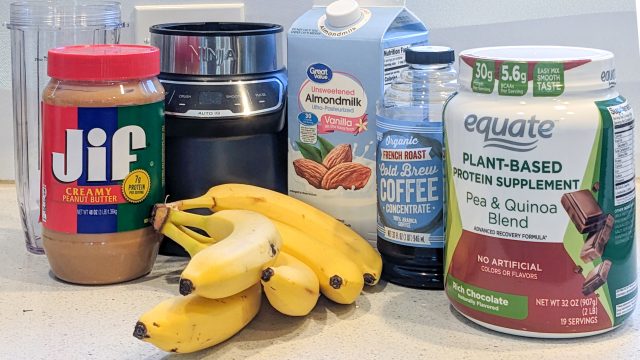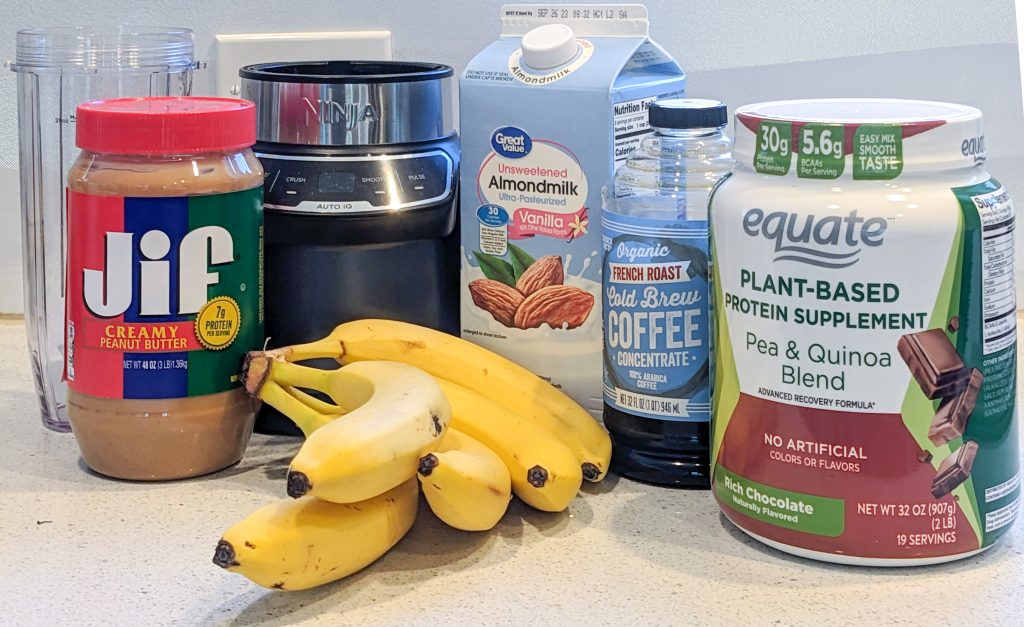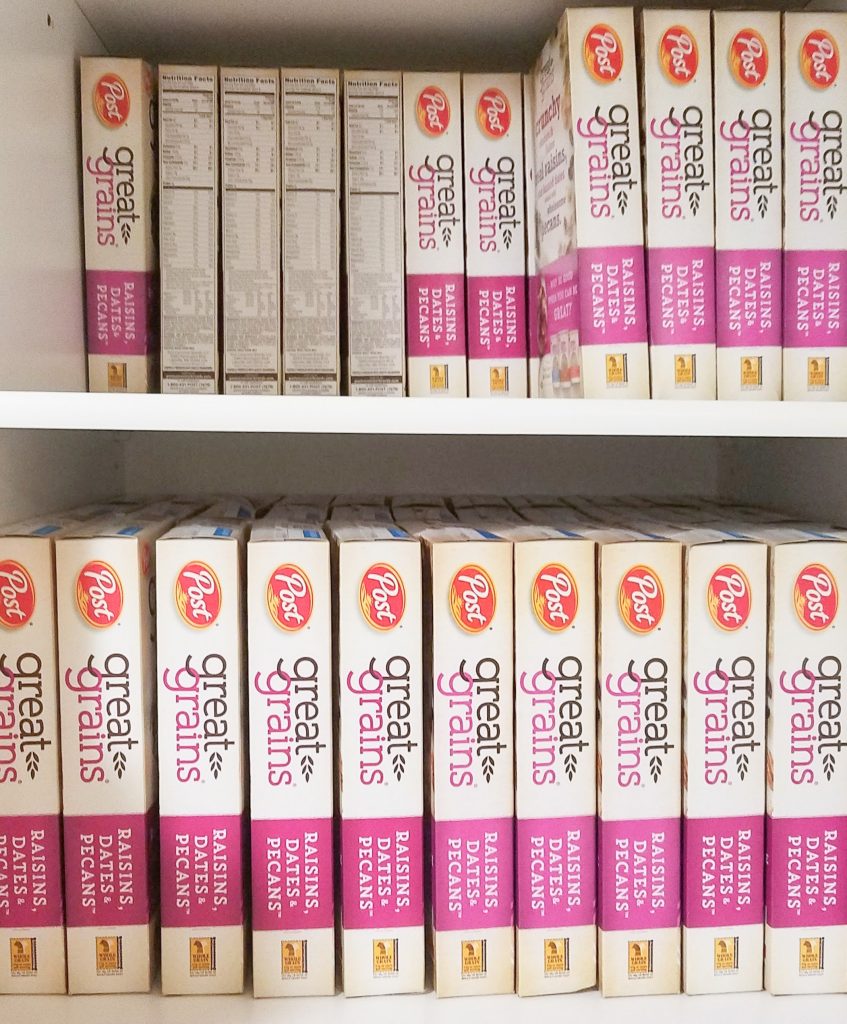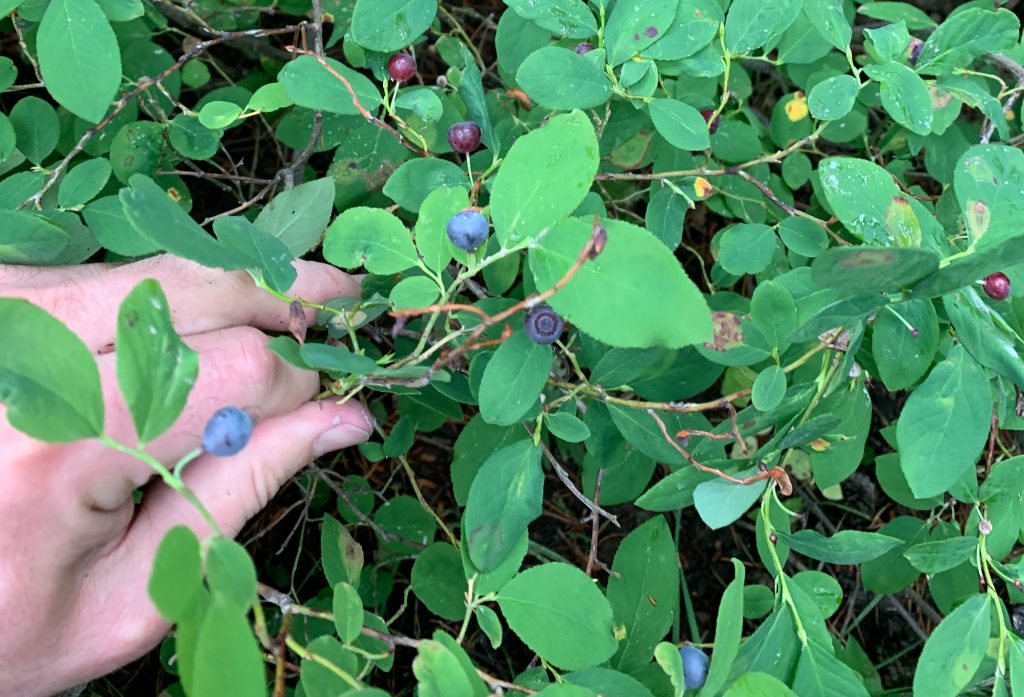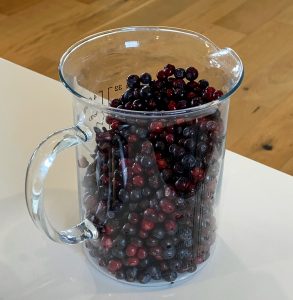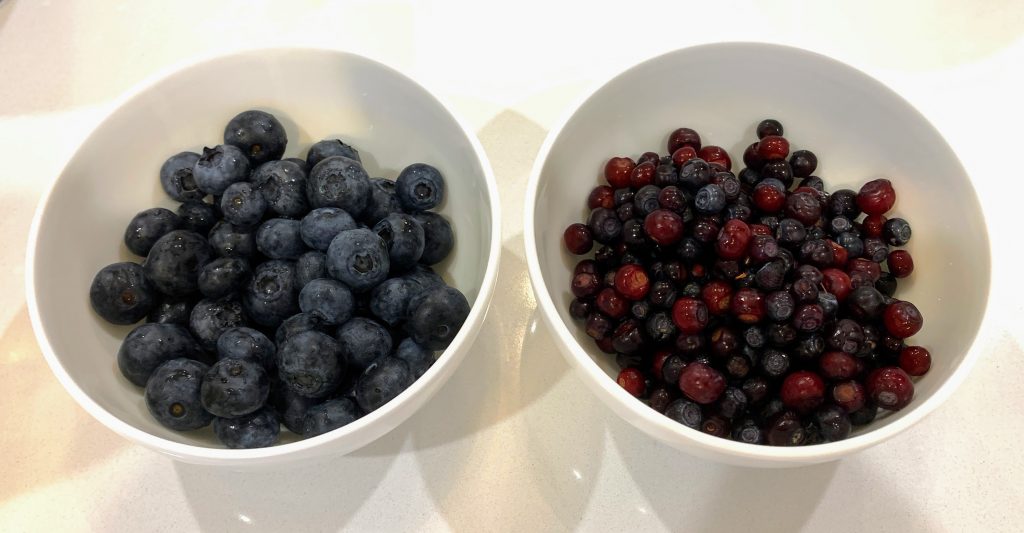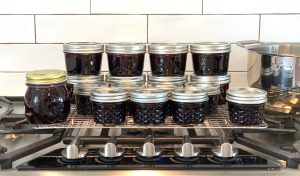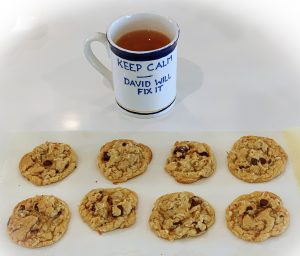Walking through Costco I was offered a sample of a “collagen peptide” supplement. “Yum, more protein,” I said. “No, this is collagen, not protein,” said the sample lady. I replied, “Collagen is a protein. You know, the collagen triple helix?” Then I realized, most people don’t know enough molecular biology to make sense of the proliferating collagen supplement market. So let’s clear this up.
Short: Gelatin and collagen peptides are the same thing. And the bulk of them is just two amino acids you can get by eating other food.
Long: Collagen is a protein. Proteins are composed of amino acids – think of amino acids as the building blocks for your body. (And, by the way, “peptides” are just chains of amino acids.) Collagen makes up the bulk of skin, cartilage, and other connective tissues. Everyone wants healthy skin, so won’t eating collagen improve your skin? Well … does eating hair improve your hair? Does eating brains improve your brain? Not really: When you eat any protein your stomach breaks it down into its constituent amino acids. Your cells then use those amino acids to rebuild the proteins in your body from scratch.
Human bodies use 20 different amino acids to build the many thousands of different proteins that make our body grow and work. 9 of those amino acids are “essential” meaning we have to get them in our food. (The human body can create the other amino acids itself.) If you have a nutritional deficit of essential amino acids then you won’t be able to build all of the proteins your body wants. If you have more amino acids than your body wants then those amino acids are not going to get used. Your body doesn’t say, “Hey, I have some extra glycine and proline, why not use those to make some extra collagen to plump up my skin?”
The bulk of collagen is just two amino acids: glycine and proline – neither of which is essential. If you really aren’t consuming enough food for your body to make those amino acids, then yes your body will not be able to make as much collagen as it wants, and yes your skin and other tissues made of collagen will suffer. And yes, eating animal collagen is one way to make sure you aren’t deficient in the amino acids that make up collagen. But you don’t need precious collagen supplements. Gelatin is literally just denatured collagen (a.k.a., “collagen peptides”). And you get the exact same nutrients by eating bone broth, skin, and other animal-based food. But even if you don’t eat those exact things, your body gets the amino acids used to create collagen from the other food you eat.

